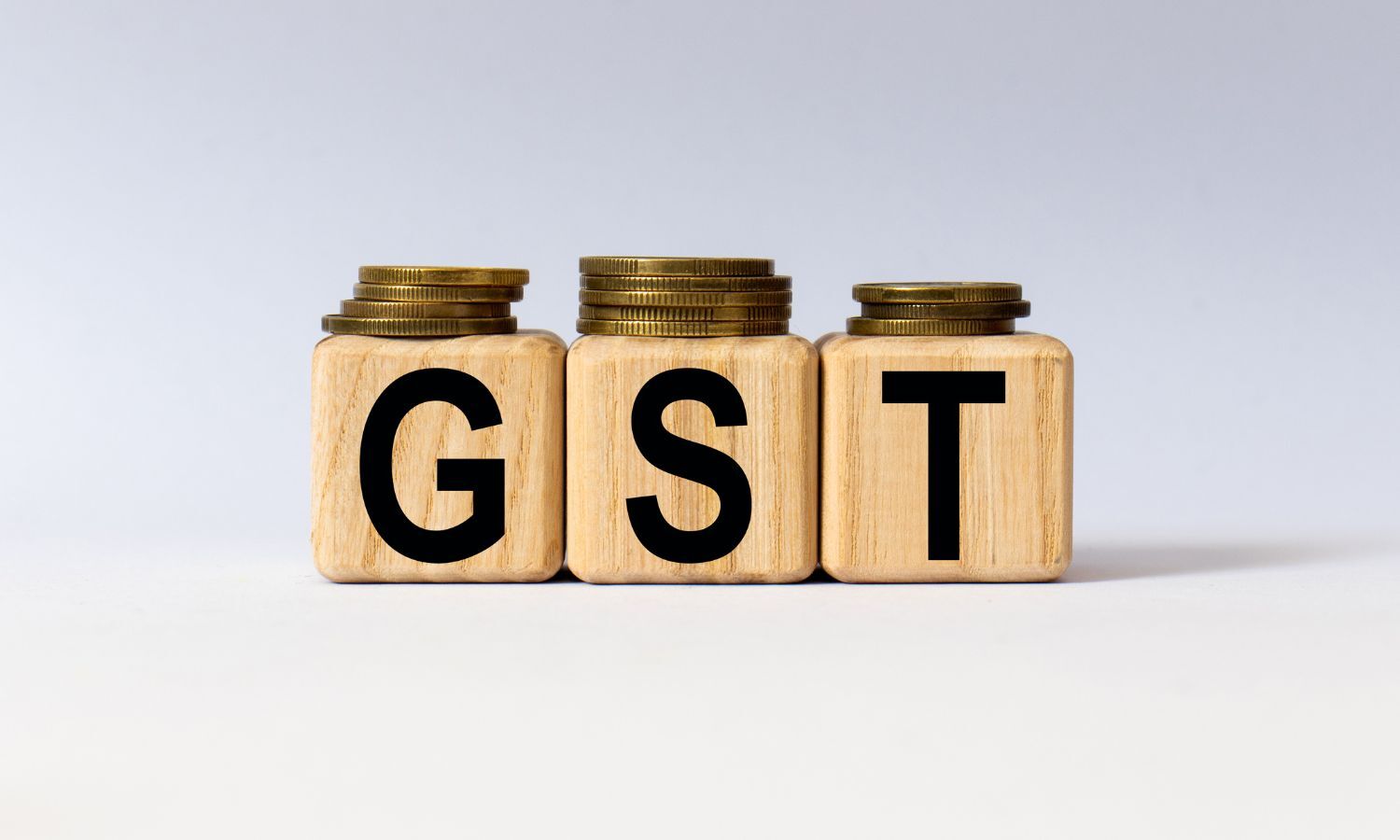
Postpone the GST compensation’s expiry
With the guarantee for the compensation of GST revenue shortfalls coming to an end in June 2022, states have been asking for an extension of the safety net. Given the hit from the Covid-19 pandemic, the Centre should consider continuing the compensation. If not to the extent of14%—as was assured for the five years to June 2022 in the GST Act—the Centre must compensate states for a shortfall in revenues at least to the extent of, say, 10%.
This could be for a limited period, say, three years, until the economy gets back on its feet. States, however, have been asking that the compensation formula be embedded in the law; that is an unreasonable demand. The compensation clause was intended as a hand-holding measure to allow all stakeholders to get adjusted to the GST mechanism; the longer the compensation formula is in place, the more complacent states will become.
The system needs to become efficient and more encompassing. That will bring in more revenues since there will be greater participation. If states are perennially compensated, they will never be incentivised to up their game.
However, the Centre must release the devolution amounts without delays so that states are not stranded for funds. Also, asking states to borrow in the markets to meet the shortfalls—as against the Centre borrowing to make the payments—is fair. If they want to be compensated, states must go out into the market themselves.
It is true states finances are in a bit of mess; they have notched up a fiscal deficit of Rs 1.1lakh crore in Q1FY22, nearly twice the size seen pre-Covid. A clutch of 19 states’ combined revenue receipts were up just 2% over the pre-Covid level of Rs 4.3 lakh crore. Non-tax revenues fared better, even as own taxes and central tax devolution lagged the level witnessed in Q1 FY2020. At the same time, their revenue expenditure went up by a steeper 14%, to Rs 4.9 lakh crore, from the pre-Covid levels of `4.3 lakh crore. Aditi Nayar, chief economist at ICRA opines, this possibly reflected the higher social sector spending during the second wave.
In fact, since the restrictions were localised, allowing for some construction activity, capex by the states was up 2.6% over Q1FY20, at Rs 60,000 crore. The current year is unlikely to be much easier; even as states get their share of GST collections, which are fairly robust so far, they may lose out on local levies.
This would compel them to borrow more from the bond markets. In mid-2020, the Centre had allowed states additional borrowing of up to 2% of GSDP beyond the permitted FRBM of 3%, subject to certain conditions. The fact is state’s haven’t really managed their finances too well over the years; one glaring example is the debt and dues of power discoms. Despite three huge bailouts, they continue to owe the gencos large sums.
Under the circumstances, it was not unreasonable for the Centre to ask that states bring down the aggregate technical and commercial (AT&C) losses and also narrow the gap between average cost and average revenues. To be sure, states have the option to scale back expenditure, but that would not be desirable. Already, the GDP data for Q1FY22 showed government consumption was weak, and economists have attributed this to the states. Compensation will be the big theme at the next GST Council meeting, but there are other problems with the GST that need to be ironed out to make it more effective. States mustn’t lose sight of these.
Source: Financial Express






